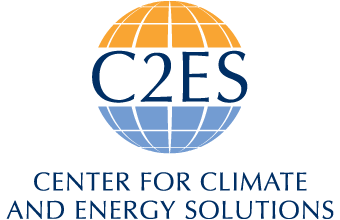Business Solutions
Major companies across the economy are demonstrating climate leadership by reducing their emissions, developing innovative low-carbon technologies, and supporting more ambitious government policies.
Publication
Assessing the Landscape of Climate Risk and Supply Chain Resilience
Global supply chains face mounting risks from climate change, geopolitics, and economic volatility. While corporate resilience planning has grown since COVID-19, climate risk is still treated separately from supply chain management, creating gaps in preparedness. This report highlights how extreme …
